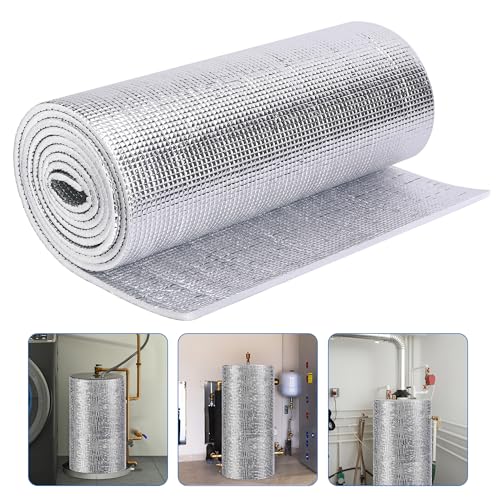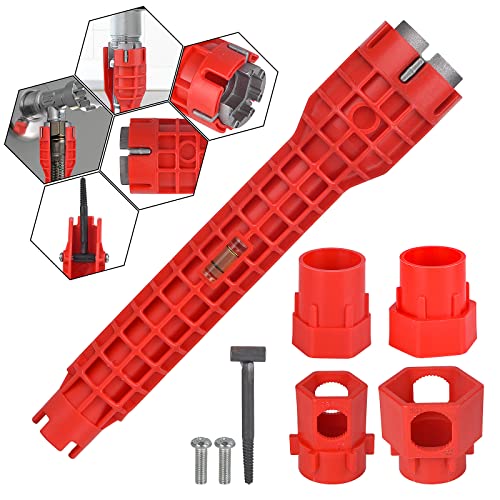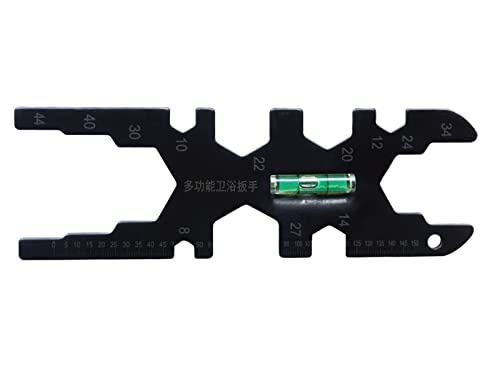berderder
New Member
Hi everyone,
Replacing the upstairs toilet. The tile around the flange has a long thin crack in it. There is space around the flange as well as if tile wasn't quite cut to size to fit the (cast iron?) sewer drain. The screws for the flange hug pretty close to the perimeter of the hole in the tile. Can't get a photo at this very moment. Can I get away with this for awhile and replace the toilet now or does the tile/subfloor situation sound more urgent? Thanks
Replacing the upstairs toilet. The tile around the flange has a long thin crack in it. There is space around the flange as well as if tile wasn't quite cut to size to fit the (cast iron?) sewer drain. The screws for the flange hug pretty close to the perimeter of the hole in the tile. Can't get a photo at this very moment. Can I get away with this for awhile and replace the toilet now or does the tile/subfloor situation sound more urgent? Thanks
























































